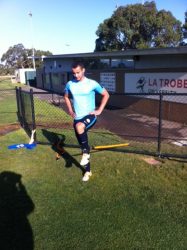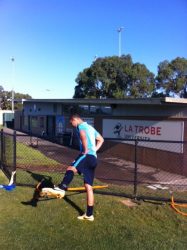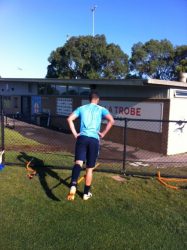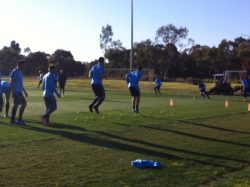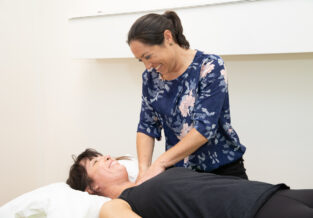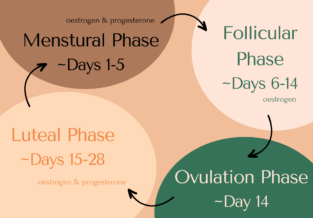Stability Training – Ensuring The Correct Muscles Are Activated During Exercise And Sport
Published on
16 Feb 2015
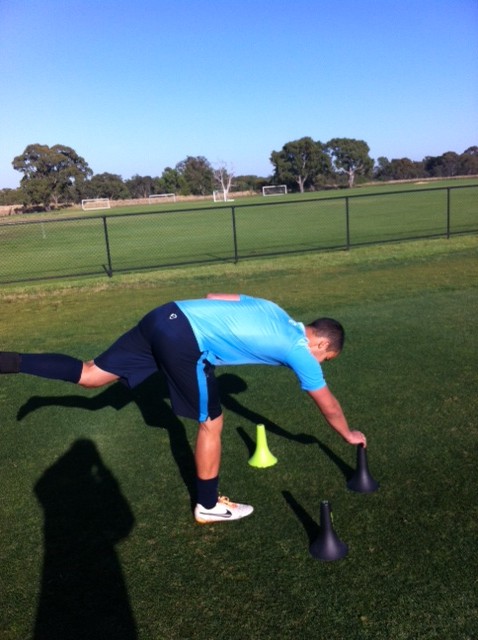
Call us on: (03) 9975 4133
We discuss the importance of training your stabiliser muscles to activate correctly during exercise and sport.
The smaller muscles of our body are often the muscles we forget about training when we hit the gym or go for a run. However, these muscles are the ones that help to stabilise our joints and help prevent injuries.
Many of you might have heard about the deep core muscles that are very important in providing support to our pelvis and lower back. Lots of people are re-training these muscles with their physio-specific rehabilitation exercises or different styles of Pilates etc.; but sometimes we don’t incorporate this training into the activities that we really want to do such as running or cycling. At PURE Physio, we are often now advising that patients incorporate these smaller stability activation exercises as a part of their warm up before they complete their run or cycle home, for example. This helps to ensure that these specific muscles are not only stronger but are also engaged when we need them the most. They are also a nice way of making a warm up more dynamic and specific.
Having recently worked with the Melbourne City Youth Team (soccer), it was interesting to see that the exercise physiologist takes the first 30 minutes of training to complete “Pre- Activation”. As you can see in the pictures below, these exercises are specific to soccer and involve different muscle group activation where stability and control are the key components. I think this concept is really important for everyone. It is a great way to warm up properly and get those smaller muscles working to improve performance as well as prevent injuries.
Feel free to let us know if you need help finding which smaller stabilising muscles are not working well for you or would be good to activate in your warm up routines to keep your performance optimal and prevent niggling injuries.
